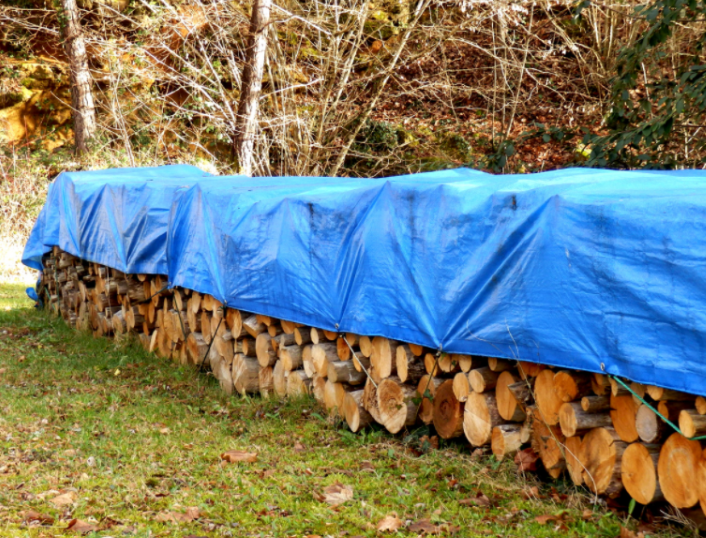When it comes to outdoor activities, DIY projects, or safeguarding your possessions from the elements, tarps are unsung heroes. These versatile pieces of fabric can be your best friend when you need to shield your belongings from rain, sun, or wind. In this article, we'll explore the world of tarps for sale, understanding what they are, their various uses, and how to choose the right one for your needs.
What Are Tarps?
Tarps, short for tarpaulins, are large, flexible sheets of material, typically made of polyethylene, canvas, or vinyl. They come in various sizes, colors, and thicknesses. Tarps are designed to be durable, weather-resistant, and capable of withstanding outdoor conditions.
The Many Uses of Tarps:
Protection from the Elements: Tarps are commonly used to protect items from rain, snow, and UV rays. Covering firewood, outdoor furniture, or vehicles can extend their lifespan.
Camping and Outdoor Activities: Tarps make excellent makeshift shelters for camping trips. They can provide shade, create rain shelters, or serve as ground covers.
Construction and DIY Projects: Tarps are essential for construction sites. They can shield building materials from the elements, catch debris during demolition, or provide a clean surface for painting or repairs.
Gardening: Gardeners use tarps to cover plants during frosty nights, create compost piles, or suppress weeds by laying them on the ground.
Transportation: Covering items on a truck or trailer with a tarp helps secure the load and protect it from dirt, rain, and wind during transport.
Emergency Situations: Tarps are invaluable in emergency situations, such as covering a damaged roof after a storm or creating temporary shelters in disaster relief efforts.
Choosing the Right Tarp:
When shopping for tarps, there are several factors to consider to ensure you get the right one for your specific needs:
Material: Tarps are available in various materials. Polyethylene tarps are lightweight, waterproof, and affordable. Canvas tarps are heavy-duty, breathable, and resistant to mold and mildew. Vinyl tarps are exceptionally durable and provide excellent protection against UV rays.
Size: Determine the size you need based on the area you want to cover. Tarps come in standard sizes, but you can also find custom sizes to suit your requirements.
Thickness: Tarps are available in different thicknesses, often measured in mils (one-thousandth of an inch). Thicker tarps are more durable and provide better protection against harsh weather conditions.
Grommets: Look for tarps with reinforced grommets or eyelets along the edges. These are handy for securing the tarp with ropes or bungee cords.
UV Resistance: If you plan to use the tarp outdoors for extended periods, choose one with UV resistance to prevent it from deteriorating in the sun.
Waterproof vs. Water-Resistant: Determine whether you need a waterproof tarp that completely repels water or a water-resistant one that can withstand light rain but may allow some moisture to penetrate over time.
Color: Tarps come in various colors. Darker colors, like black or green, may absorb more heat, while lighter colors, like white or silver, reflect sunlight and provide better UV protection.
Taking Care of Your Tarp:
To ensure your tarp lasts and continues to provide reliable protection, follow these care tips:
Clean Regularly: Clean your tarp periodically to remove dirt, debris, and mildew. Use a mild detergent, a soft brush, and lukewarm water. Rinse thoroughly and allow it to dry completely before storing.
Proper Storage: Store your tarp in a cool, dry place away from direct sunlight when not in use. Folding it neatly and securing it with ropes or bungee cords can prevent damage.
Avoid Sharp Objects: Be cautious around sharp objects that can puncture or tear your tarp. Keep it clear of branches, tools, or rough surfaces.
Inspect for Damage: Regularly inspect your tarp for signs of wear, tears, or weakened areas. Repair small damages promptly with tarp repair tape or patches.
For More Info:-






Comments